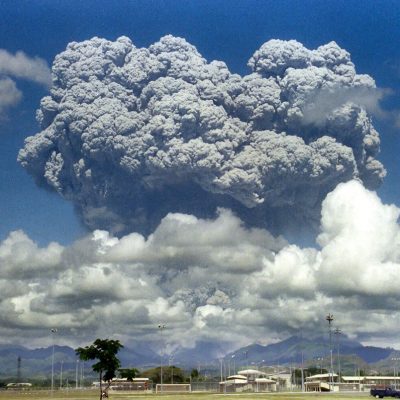When we think of a precious object, we think of diamonds or platinum. But the substance known as antimatter is worth $ 62.5 trillion, or about Rs 4,500 lakh crore per gram. It takes at least a year to make a gram of anti-matter.
What is this anti matter?
Antimatter is the antimatter of matter in particle physics. Just as matter contains particles, so antimatter contains opposite particles. For example, an electron (e + proton) combines with an antiproton (e-) or antiproton (p-) to form an antiproton, as do ordinary hydrogen particles. Scientists believe that antimatter reactors will be the safest source of energy in the future, as they do not emit any harmful radiation if they work between matter and antimatter.

The universe contains most of the human visible matter and the rest of the antimatter. This equilibrium (boron symmetry) is one of the most important problems in physics. In matter-antimatter activity, the rest of the mass is converted into kinetic energy along with photon radiation. The energy per unit area (9 × 1016 joules / kg) is ten times greater than the kinetic energy, and today the maximum atomic energy produced by nuclear fission (200 MeV or 8 × 1013 joules / kg) is about 3 times as much as the energy generated by fusion (about 6.14). Joule / kg proton-proton link) is twice as large. One kilogram of matter works with one kilogram of antimatter to produce about 1.8 × 1017 joules (180 petajoules) or about 43 megatons of T. N. T he energy (in terms of energy-mass equivalence, E = mc2) is emitted.

Every elementary particle has a counter-charge partner. Therefore, scientists believe that although it is a rare object on Earth, it does not exist in the universe. The Big Bang was supposed to create equal amounts of matter and antimatter at the beginning of the universe. Where all the anti-matter that initially occurred has gone is a problem that confuses the scientific world.





Recent Comments